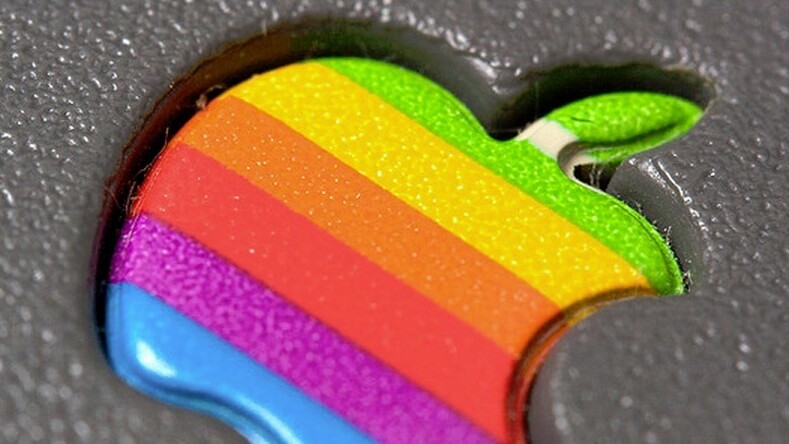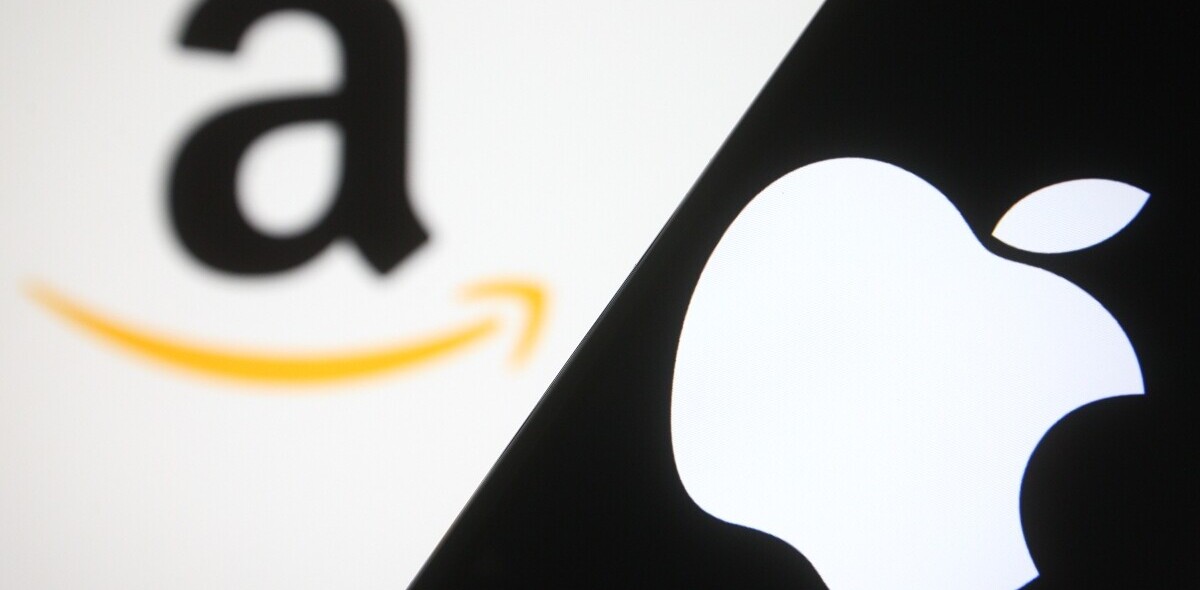
Today the outline of Apple’s debt offerings that it will use to help fund its $100 billion capital return program to its shareholders became known. A number of different notes will be offered at various maturity periods, totaling $17 billion. The company could raise more in the future, however, if it chose to.
According to Reuters, the $17 billion will be raised in the following way:
- $1 billion, floating rate, three year maturity
- $1.5 billion, fixed-rate, three year maturity
- $2 billion, floating-rate, five year maturity
- $5.5 billion fixed rate, ten year maturity
- $4 billion fixed rate, five year maturity
- $3 billion fixed rate, thirty year maturity
Apple is using the debt offerings to raise funds despite its massive cash holdings. Why? Simply put, the company has a great chunk of its cash overseas, and to repatriate that currency would require it paying heavy taxes. It’s cheaper for it to borrow $17 billion in the United States, than it is to pay the corporate tax rate bringing that amount of money to its home shores.
Apple will employ $100 billion to return capital to its various investors. The company has been under pressure to use its vast wealth to reward the individual folks that own its shares. Long resistant, Apple created a dividend in 2012. That dividend has been increased, and Apple announced in its most recent quarterly earnings that $60 billion of the full hundred will go to share repurchasing.
According to Apple’s calculations, the program, from its first dividend payment through to the end of December 2015 will see it spend $30 billion per year on rewarding its investors.
Apple’s stock has slid from record highs – famously cresting $700 per share – as concerns about its ability to drive revenue and earnings growth have increased. Apple remains an exceptionally profitable company, with margins that other firms in the technology industry would lust after. However, all businesses mature, and until Apple releases a new product line that drives fresh revenue streams, the company will remain cooled.
Top Image Credit: Marcin Wichary
Get the TNW newsletter
Get the most important tech news in your inbox each week.





